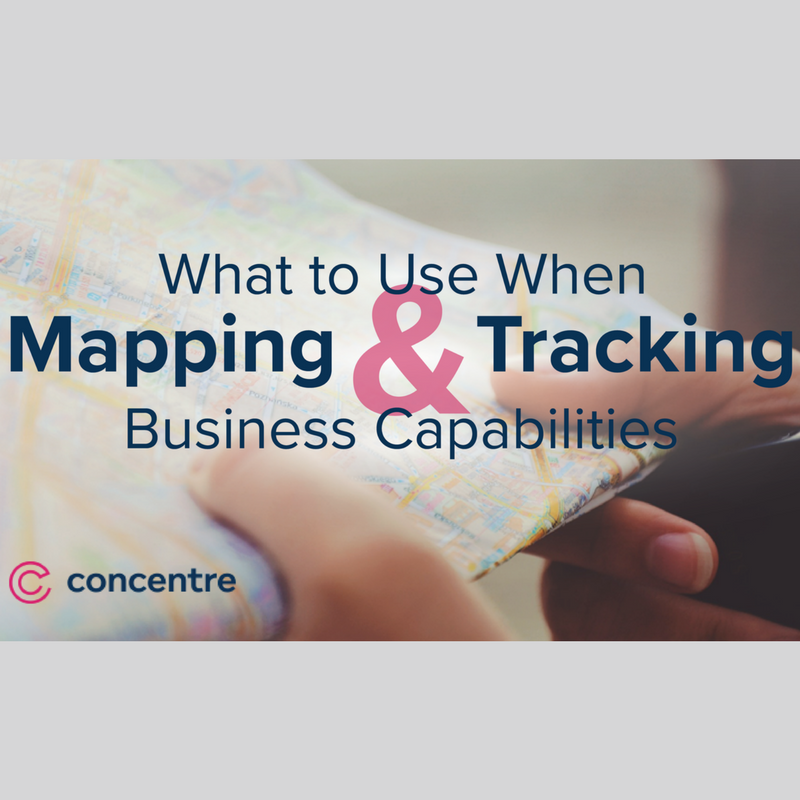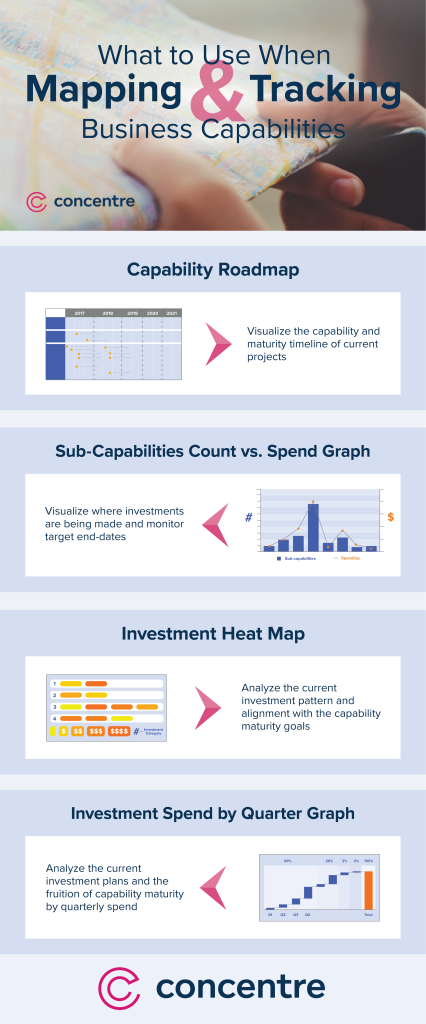As an organization moves through a digital transformation or major IT initiative, it’s essential for leadership to understand how every department adds value, advances the core business objectives and aligns with the corporate strategy. This is especially true for IT, as stakeholders strive to break down the language barrier between technology and business. But the pace of change, the demands of the business, and confusion around objectives make it difficult for IT and leadership alike to monitor progress and ensure accountability.
Address the IT Communication Gap
As companies grow and expand, the backlog of IT projects grows as well. With the addition of each new initiative, the communication gap between IT and other business areas can widen. Soon, stakeholders can lose sight of priorities—or even key business objectives. As teams scramble to fix siloed problems with ad hoc solutions, basic questions about ROI on IT projects or end-user satisfaction can get lost in the shuffle. And as the pipeline fills to capacity, IT leaders can struggle to articulate how each project fits into the big picture.
In our experience, mapping and tracking business capabilities is a simple, yet critical step in bridging the gap between IT and the business. An assessment of business capabilities provides an answer not only for managing a current backlog of projects but also for prioritizing and acting on future requests and requirements.
Key Tools for Mapping and Tracking Capabilities
- Capability Roadmap: Visualizing the capability and maturity timeline of current projects.
- Helps provide an understanding of:
- how projects are maturing capabilities.
- what individual projects are needed to mature a capability.
- Helps provide an understanding of:
- Sub-Capabilities Count vs. Spend: Visualizing where investments are being made.
- Helps provide:
- analysis of current spend and its alignment with the corporate vision.
- ability to monitor target maturity end-dates.
- Helps provide:
- Investment Heat Map: Visualizing the current investment pattern.
- Helps provide:
- analysis of the investment pattern’s alignment with the capability maturity goals.
- focus on the amount being spent to mature an Enterprise Capability.
- Helps provide:
- Investment Spend by Quarter: Visualizing the capability maturity fruition.
- helps provide analysis of the current investment patterns by quarter.
How to Map and Track Business Capabilities
It starts with a holistic view of capabilities across the organization—either linking directly to the current business process architecture or broadly to the various departments. Then, each department or unit develops a unique capability matrix to identify how adding technologies will enhance its capabilities. With these tools in place, the technology group and leadership team can see how each initiative works toward maturing capabilities—and can make informed decisions about investing time and resources. Sometimes, business-as-usual is the sustainable approach. Other times, the parties identify a lack of investment in IT projects that directly align with the corporate strategy. The breadth and quantity of projects may differ across capabilities, but IT and the business still benefit from a clear line of sight and an open line of communication.
Essentially, it’s about alignment. When an organization takes the time to map its capabilities, the leaders and stakeholders can align those capabilities with the strategic vision for the business. As a bonus, the exercise gives IT a clear and concise view of the technology spend. Ultimately, by maturing those capabilities the right way—and in the right order—companies can more effectively advance their objectives, satisfy shareholders, and meet customer demands.




